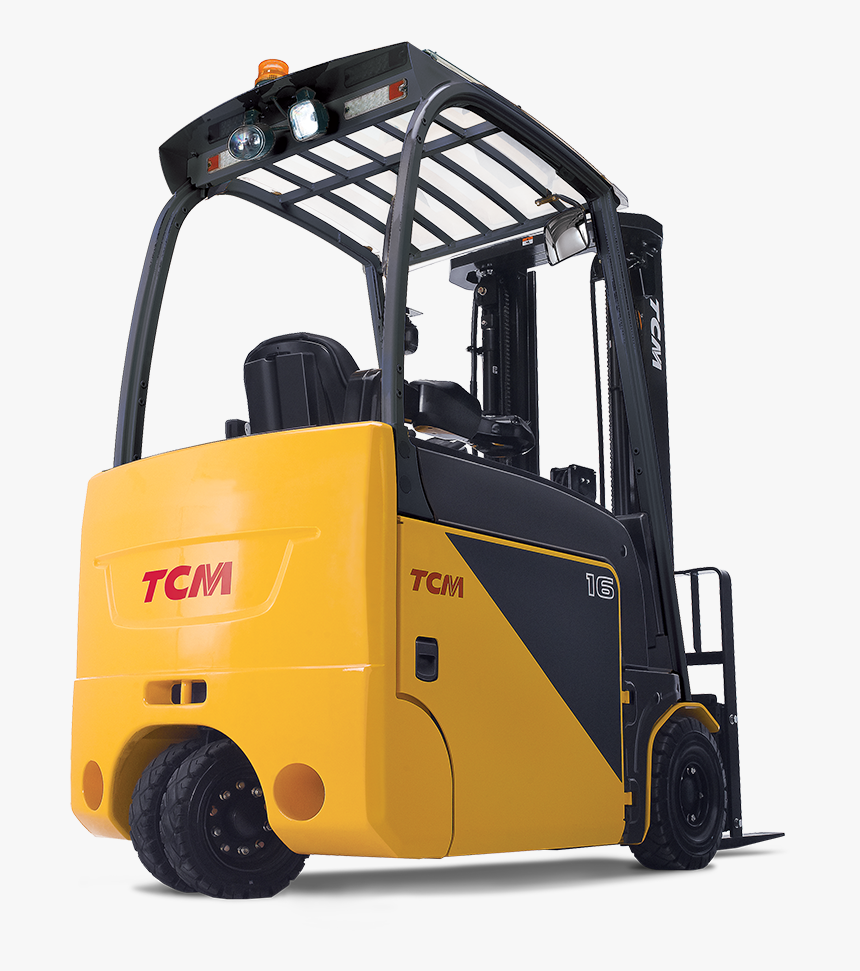Forklift Manufacturing: Past Innovations That Shaped Today
Forklift Manufacturing: Past Innovations That Shaped Today
Blog Article

The world of forklift manufacturing has undergone remarkable transformations since its inception, responding to the evolving demands of industry and logistics. From humble beginnings to the advanced machinery we see today, the journey of forklift manufacturers is a testament to innovation and engineering excellence. Each advancement has not only improved efficiency but also helped shape the very landscape of material handling and transportation.
As warehouses and production facilities grew in complexity, the need for more reliable and versatile lifting equipment became increasingly crucial. Forklift manufacturers rose to the challenge, continuously refining their designs and incorporating new technologies. This article delves into the pivotal innovations in forklift manufacturing that have set the foundation for modern operations, showcasing how these developments have influenced productivity and safety in the workplace.
Early Innovations in Forklift Design
The origins of forklift design can be traced back to the early 20th century, a time when the industrial landscape was dramatically changing due to advancements in manufacturing and logistics. The first forklifts were essentially simple hoisting devices used to lift and move materials. These initial machines utilized basic mechanisms, like chain and pulley systems, illustrating a need for improved efficiency in handling heavy loads. The concept of mechanizing manual labor began gaining traction, paving the way for more sophisticated designs in the following decades.
Manufacturer of Electric Forklifts
One of the significant milestones in forklift innovation occurred in the 1920s with the introduction of electric-powered models. This shift marked a transformation from manual and gas-powered machines to electrically operated versions, which offered greater ease of use and reduced pollution in warehouse environments. Companies quickly recognized the advantages of electric forklifts; they were quieter, more maneuverable, and capable of working indoors without the harmful emissions associated with gasoline or diesel engines. This innovation laid the groundwork for modern electric forklifts, which are prevalent in today's material handling industry.
By the mid-20th century, the design of forklifts began incorporating features that enhanced safety and usability. Innovations such as the introduction of counterbalance weights allowed for greater stability while lifting heavy loads, thereby reducing the risk of tipping. Additionally, advances in hydraulic systems enabled more precise and powerful lifting capabilities. Manufacturers began to focus on ergonomic designs to improve operator comfort and reduce fatigue, ultimately leading to the forklifts we recognize today. These early innovations in forklift design not only revolutionized material handling but also set the stage for the continuous advancements that followed.
Technological Advancements in Forklifting
The evolution of forklift technology has greatly transformed the manufacturing and logistics industries, leading to increased efficiency and safety. One of the most significant advancements has been the introduction of electric forklifts, which offer cleaner, quieter operations compared to their diesel and propane counterparts. This shift not only reduces emissions but also lowers operational costs, making electric forklifts a popular choice for many manufacturers.
Another key innovation is the implementation of automation and robotics in forklift operations. Automated guided vehicles, or AGVs, have started to play a crucial role in warehouse management by streamlining the movement of goods. These smart forklifts can navigate with minimal human intervention, reducing the risk of accidents and allowing for more precise inventory management. This technology has enabled manufacturers to optimize their workflows, leading to significant improvements in productivity.
Additionally, advancements in forklift design, such as ergonomic controls and enhanced safety features, have made these machines more user-friendly. Manufacturers have focused on creating better visibility through innovative mast designs and incorporating safety sensors that prevent collisions. These enhancements not only protect workers but also improve overall operational efficiency, ensuring that forklifts meet the demands of modern manufacturing environments.
The Impact of Forklift Innovations on Industry
The evolution of forklift technology has had a profound impact on various industries, streamlining operations and enhancing productivity. Innovations such as electric forklifts and automated guided vehicles have not only improved energy efficiency but also reduced operational costs. These advancements enable businesses to optimize their supply chain management, as forklifts can now operate in tighter spaces and navigate complex warehouse layouts with ease. This ability to adapt to changing environments has made forklifts an indispensable tool in modern logistics.
Safety features have also seen significant improvements, with innovations like collision avoidance systems and ergonomic designs prioritizing the welfare of operators and warehouse personnel. By minimizing the risk of accidents and injuries, these developments contribute to a more efficient workplace, allowing companies to maintain consistent output without the debilitating impact of workplace incidents. As safety regulations become increasingly stringent, forklift manufacturers are compelled to innovate, driving the industry forward and enhancing the overall reliability of material handling equipment.
Furthermore, the integration of technology has transformed how forklifts are utilized across various sectors. The introduction of telematics and IoT connectivity allows fleet managers to monitor equipment performance in real-time, leading to proactive maintenance and reduced downtime. This data-driven approach not only extends the lifecycle of forklifts but also supports better decision-making regarding fleet management and operational efficiency. As forklift manufacturers continue to innovate, the industry will likely witness even more sophisticated solutions that bolster productivity and safety in the workplace.
Report this page